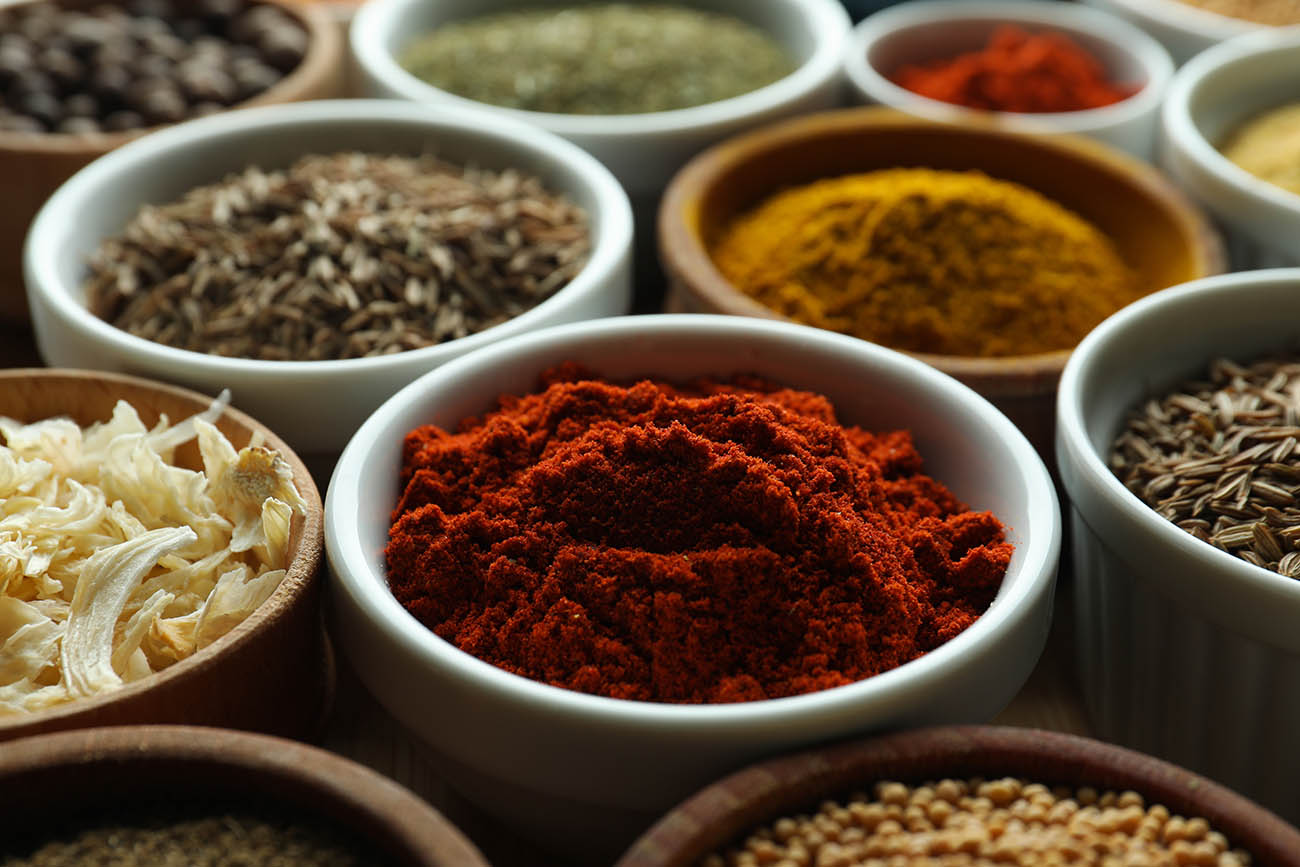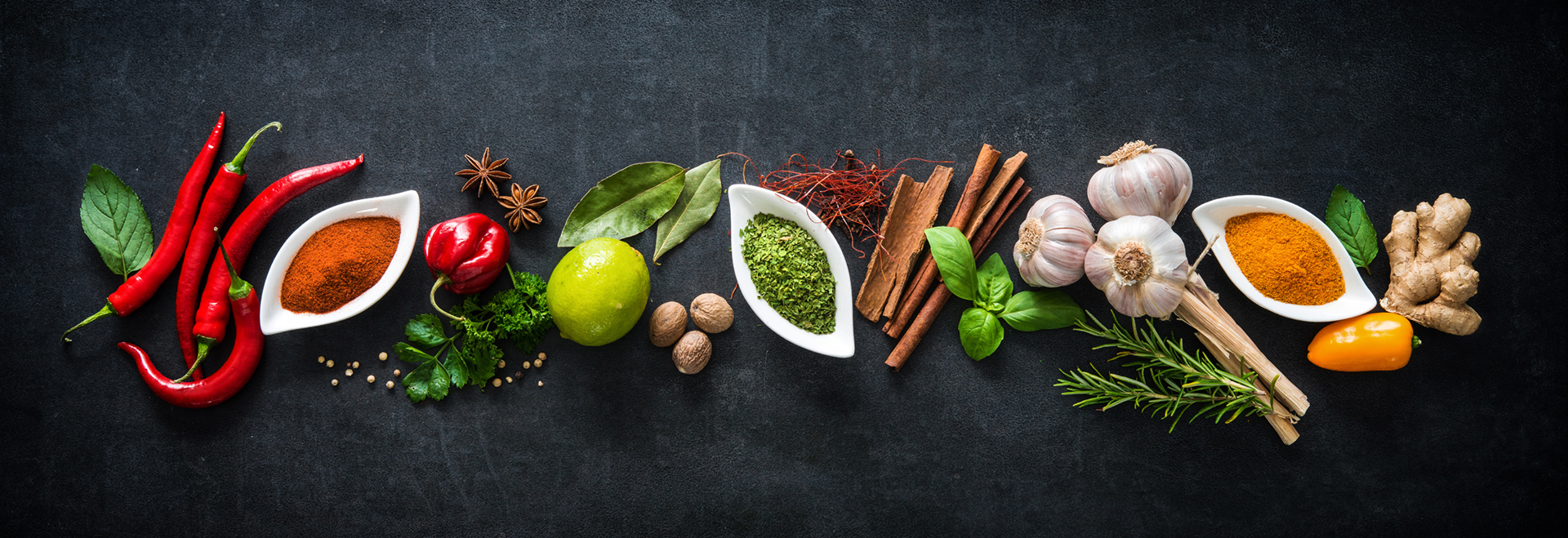
Raw material outlook september 2025
In the summer, we have been able to enjoy changeable weather from rain to sunshine. In the economy, the situation has also been very variable. Different countries have taken turns negotiating trade agreements and tariffs with the United States. This has created uncertainty in trade. So far, larger import duties to Europe have been avoided, but we will see how the situation develops later. This has had an impact on exchange rates and we have seen the Euro strengthen against the USD. The situation in Israel and Gaza and the Middle East in general also creates uncertainty and has an upward impact on the price of crude oil and energy. The price of gas has also been rising in Europe since June. Extreme weather phenomena continue, there are long hot hot seasons and, on the other hand, heavy rains, which can affect future harvests. The price level of sea freight from the Far East to Europe was declining at the beginning of the year, but has started to rise slightly again due to increased demand. Shipping times are still several months from the Far East to Europe. In Europe, the road freight index increased slightly due to higher fuel prices and increased demand during the summer season.
PROTEINS
On the raw material side, the biggest increases have occurred in egg products. The main reason for the price increases has been the growing demand for eggs in Europe, both on the consumer and industrial side. Global supply and demand are not in balance; for example, stock levels of yolk powders are very low. Producers in Europe have not invested in additional production during periods of low price levels.
Due to environmental requirements, egg production is projected to decrease by about 15% in Belgium, Germany, and the Netherlands. The effects of avian influenza have further contributed to poor availability, especially in Eastern Europe. The egg shortage in the United States has increased exports from the EU to the U.S., and demand for European eggs has also risen in the Far East and South America.
The price level of whole milk powder has risen slightly. Demand has been lower due to the holiday season, and production has been reduced accordingly. However, the price level has firmed slightly as demand remains uncertain. Prices of whey protein concentrates and isolates have stayed high due to limited availability.
The soybean harvest season is underway in the U.S., while sowing has just been completed in South America. In Brazil, the cultivated area has been expanded, and global soybean production is projected to increase. Still, there are concerns about potential tariffs, trade policy decisions, and their impacts between different countries.
The price level of meat proteins has remained unchanged.
MAIZE
Corn futures prices rose in the spring but have since been on a downward trend. Harvests in the U.S. and Brazil are projected to be better than average. Expectations in Ukraine are also positive, although drought may reduce yields. In Europe, the harvest is expected to be similar to last year, but hot and dry conditions in Eastern Europe may have a slight impact on maize yields.
WHEAT
Wheat futures prices in Europe have been on a downward trend. Demand has declined, especially in China and North African countries. A good harvest is forecast for France and Eastern Europe. In Ukraine, harvesting has been delayed, and weather conditions have lowered expectations. Globally, wheat production is expected to increase, although global stocks have declined.
TAPIOCA
The price of tapioca has been declining, partly due to exchange rates and sea freight. However, delivery times have lengthened significantly because of increased demand.
POTATO
The new crop will be harvested in the autumn. In Europe, the cultivated area has increased, and prices have been declining. However, drought may reduce yields and affect potato quality.
ADDITIVES
Prices of food additives have been declining due to exchange rate changes and lower sea freight costs.
THICKENERS
Prices of thickeners such as carrageenan and xanthan gum have been declining, also due to exchange rates and lower sea freight costs.
SUGAR
The world market price of sugar has been falling, supported by safety stocks and the upcoming Brazilian harvest. Prices have also been influenced by customs tariffs between the U.S. and Brazil.
A new harvest is underway in Europe. In Finland, weather conditions have been good, and the cultivated area has increased. In Germany and Poland, rainfall has supported yields, while France and Southern Europe have suffered from drought, reducing forecasts. Across Europe, the cultivated area has dropped by about 9%, which is expected to increase prices from the new crop.
COCOA
Cocoa prices remain high due to reduced availability from the previous harvest and long lead times. Drought in West Africa has raised concerns, with more clarity expected towards the end of August. Current forecasts suggest a downward price trend by year-end, as production is projected to increase in other producer countries.
VEGETABLE OILS
Rapeseed oil prices fluctuated in the spring, but the EU is now expecting a good harvest. In Ukraine, weather concerns persist, and much of the rapeseed is still unharvested. Prices will depend on developments in the main producer countries.
Global coconut oil prices have risen due to reduced availability in the Philippines, caused by weather conditions. Increased use of coconut oil for biodiesel has also supported prices. Palm oil has strengthened slightly as it is used as a substitute for coconut oil.
ONION, PEPPER AND NATURAL SPICES
Prices of dried onions have mostly remained unchanged. In India, the spring harvest was generally good, though reduced by monsoon rains. In China, the cultivated area has increased and harvesting is underway. In the U.S., the harvest outlook is normal. Garlic prices in China rose in the spring due to cold weather but are stabilizing as new crops enter the market. Indian garlic powder prices are unchanged, with production starting only in June.
Pepper prices have fallen slightly from their peak, partly due to exchange rates and freight costs. Overall, pepper production is expected to decline as cultivated areas shrink, especially in India. In Brazil, acreage has increased, but conditions have been less favorable. In Vietnam, cultivation is also projected to decrease as farmers switch to more profitable crops. Safety stocks have fallen while global demand has risen.
Among natural spices, prices of cumin and turmeric are declining. Mustard powder prices have also fallen. A new herb harvest is expected in the autumn. In Turkey, high inflation and limited EU-compliant material are expected to push oregano prices higher.
We have prepared this review to the best of our knowledge, based on the current situation in the raw material markets. Raw materials may be affected by weather conditions as well as changes in global trade.



